Thank you for your desire to help the injured bird that you found! To figure out your next steps, you need to determine if the bird is an adult or a chick and whether it truly needs assistance.
If the bird you have found is tiny and featherless, or is fully feathered with short wings and tail and is hopping around actively on the ground, you have found a baby bird. See below for pictures to help you determine the bird's age and for suggestions about how you can help it.
If you find an injured adult bird there is a good chance that it hit your window or was attacked by a cat, two leading causes of bird mortality that American Bird Conservancy works hard to address.
Most injured birds, including those that have struck windows, require medical treatment from a wildlife rehabilitation center that can provide medication, appropriate food, and rest in a low-stress environment. Even if a bird looks like it can fly away, it may still have an injury that will kill it so it is always best to be on the safe side and take it to an expert.
In the United States
In Canada
Other Countries
If you are still unable to find a rehabilitator, try an internet search for “wildlife rehabilitator” and your city, town, county, or state. A veterinarian, vet school, or nature center near you may also have suggestions for you.
What if You Can't Get to a Wildlife Rehabilitator?
Taking the injured bird to a wildlife rehabilitator is always the best option, but in some cases that may not be possible. If you have exhausted your options, you can try releasing a stunned bird after it has had time to rest. Keep the bird in a dark quiet place for an hour. Scratching and movement in the bag indicate that it is alert and can be released. Take the bird to an area with vegetation away from glass windows where it can re-injure itself. Place the bag on the ground, open it gently, and step away allowing the bird to fly off on its own. Never toss the bird in the air. If the bird doesn't fly off, it needs medical assistance.
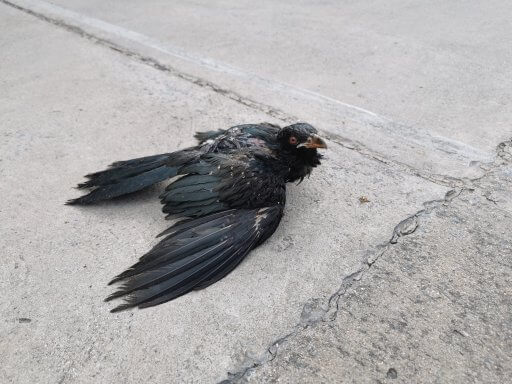
Birds that have been attacked by cats often have clear damage to their wings or tails or have other evident wounds that quickly become infected. As a result, these birds must be transported to a wildlife rehabilitator immediately if they are to survive.

Birds that have hit a window are often motionless – sometimes they look normal apart from the fact that they will let you approach them or may be perched in a weird location or sitting on the ground. Other times, they might be puffed up, have closed or swollen eyes, broken beaks, other apparent damage, or may even be motionless on their sides on the ground, appearing dead. Some songbird species that commonly hit windows, such as warblers and kinglets, are very tiny and can be mistaken for a baby bird due to their size. However, you can tell these birds are adults because they will have adult (“normal”) feathers and look like they are capable of flying.
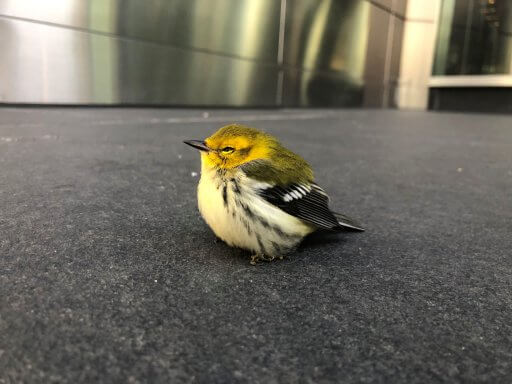
No matter what condition the bird is in – even if it looks fine – all window collision victims should be taken to a rehabilitator. Many collision victims are able to fly away but will die elsewhere without help.
If the injured bird hit your window, make sure it doesn't happen again! Collisions with windows – including yours – kill up to one billion birds in the US each year, so the final (and arguably most important) step is fixing your windows! ABC's homeowner page has a variety of solutions and some useful advice.
No matter how the bird got hurt, to help it the most important and first step is to get it off of the ground and into a secure container so that you can try to get it medical attention. Stunned birds are also easy pickings for scavenging predators and in public areas people often unintentionally step on them or sweep them into the trash.
Large birds, such as hawks, falcons, owls, cormorants, herons, egrets, and gulls have sharp bills and large talons that can seriously injure you if you try to capture them – we care about the bird, but we care about you too! Handling these species requires protective equipment and experience, so if you find a bird like this, contact a wildlife rehabilitator in your area.
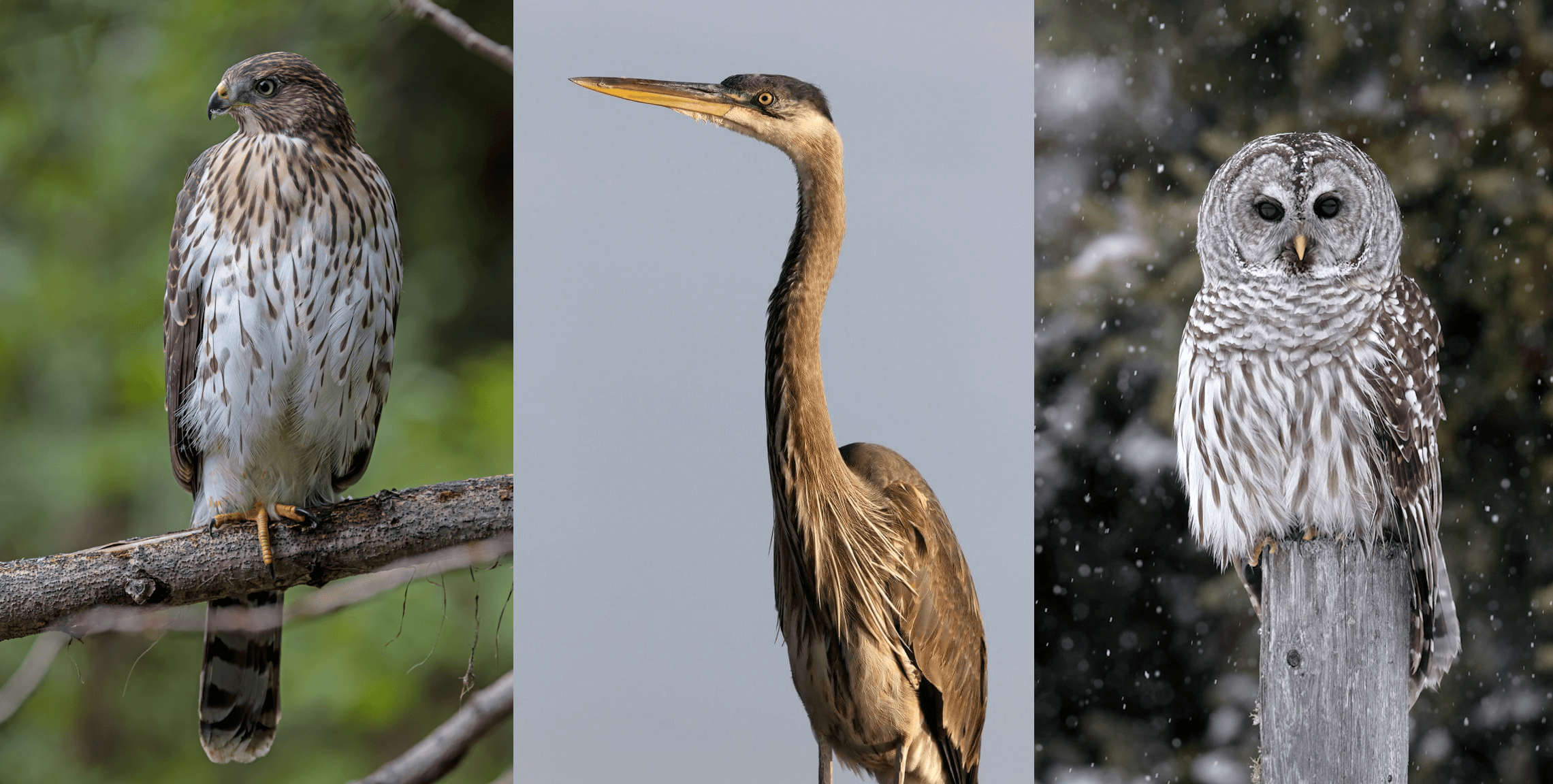
For other bird species, if you find an injured adult, you should follow the steps below to contain it and then find medical assistance.
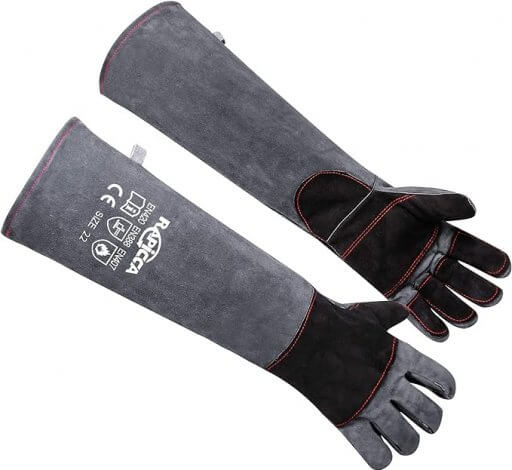


There are different actions to take if you found a hatchling, nestling, or a fledgling.
A very young baby bird without feathers is called a hatchling. Nestlings have grown a few feathers
Regardless of the age of the bird, a baby bird's best chance at survival is always with its parents. Even if one parent is injured or dead, the other will continue to care for the chicks. It is a myth that birds will abandon chicks that have been touched by humans, so don't let that prevent you from helping. It is also important that you look for injures (wounds, drooping wings, broken legs, etc.) as in those cases you should contact a wildlife rehabilitator.
Your course of action will depend on how old the bird is:
Hatchlings & Nestlings
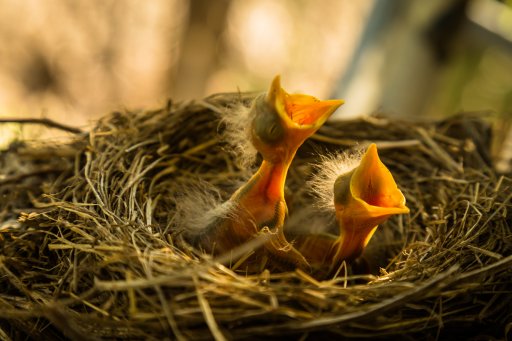
Both hatchlings and nestlings lack the ability to keep themselves warm and they should be returned to the nest if possible. If you know where the nest is but cannot reach it, put the baby in a makeshift nest and securely tying the nest up as high as you can. If you don't know where the nest is, you can assume the bird has not fallen far and put it in the makeshift nest high up in a safe spot.
A nest can be made out of a produce basket, a cardboard or plastic box with holes in the bottom, or any other small container with drainage holes. Place crumpled paper towels, grass clippings, or other nesting material inside and place the nestling inside. Watch the “nest” from a distance for an hour or two to see signs that the parents have returned. If the parents do not return contact a wildlife rehabilitator for further advice. This video from Wildlife Victoria shows how to create a makeshift nest if the original was destroyed or cannot be found.

After leaving the nest baby birds go through the fledgling stage, during which they hop around on the ground and learn to fly and forage but are still cared for by their parents. They have feathers their tails and wings are short and stubby and they often have funny feather tufts on their head. This stage can be difficult for people to watch because fledglings appear hapless and awkward and seem like they must need help – but it is a critical stage for birds to learn how to be a bird. If you return a fledgling to a nest it will just leave immediately—imagine returning a teenager to a crib! Unless a fledgling is injured, or in direct danger (such as in the road or being stalked by an outdoor cat) leave it alone. If the fledgling is in direct danger you can gently move it to safer space nearby, but be aware that moving it too far from its parents can result in it no longer receiving care. If the fledgling is injured, or if you still aren't sure of the situation, call a rehabilitator for advice.